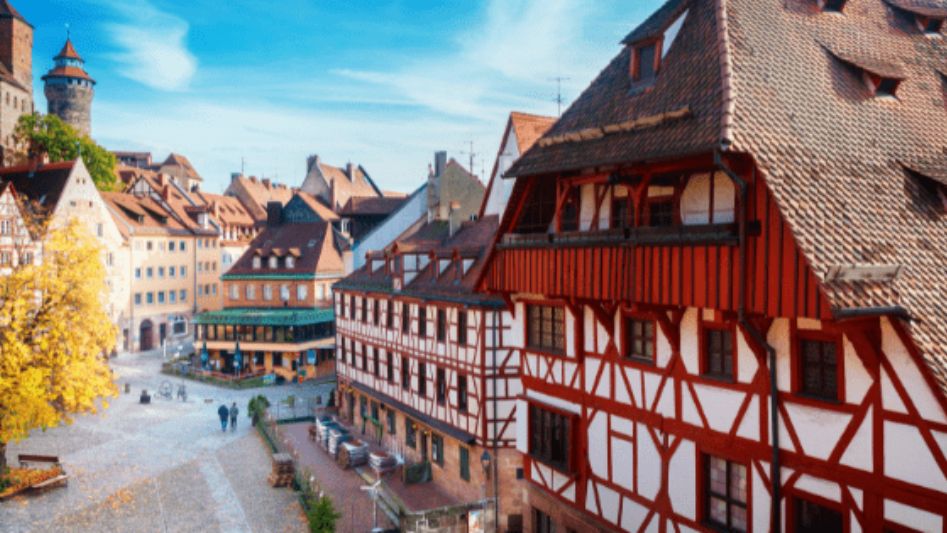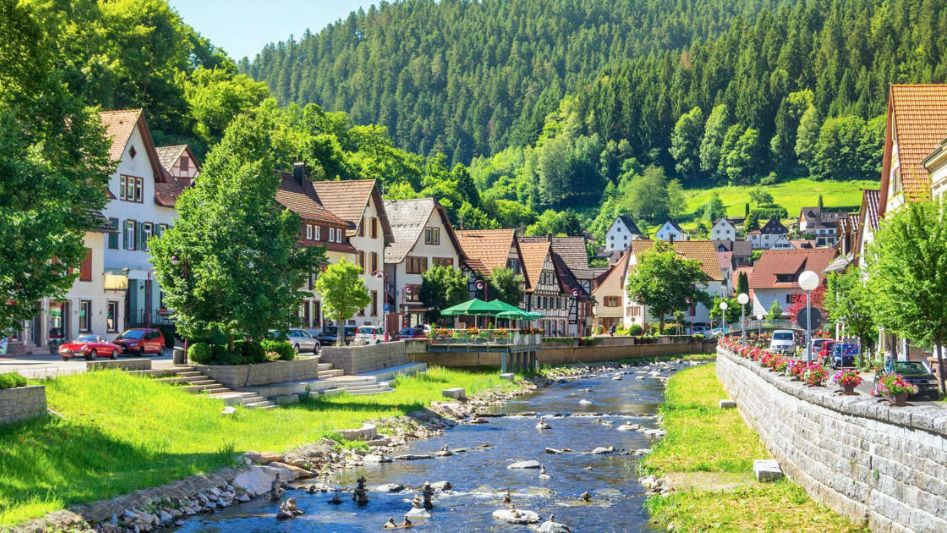The small German town where nobody worries about energy bills is surrounded by 55 wind turbines and exports about 250 times as much electricity as it consumes.
Table Of Content
Feldheim, Germany (Associated Press)In the present day, Europeans are opening their energy bills with dread as they anticipate significant price increases as a result of utility companies passing on the rising cost of natural gas, oil, and electricity that is linked to Russia’s involvement in the conflict in Ukraine. This winter, a lot of people are making an effort to save money by turning down the heat and turning off the lights.
Not so for the residents of Feldheim, where there are only 130 people.
This quaint yet well-kept community is situated approximately an hour and a half south of Berlin. It has been energy independent for more than a decade.

A daring project that was begun in the middle of the 1990s saw the village of Feldheim install a few wind turbines in order to provide the village with electricity. After that, it constructed a regional grid along with solar panels, battery storage, and additional turbines. The farmers’ cooperative, which circulates hot water throughout the hamlet using a central heating system, was able to increase its income thanks to the expansion of a biogas plant that had originally been constructed to keep piglets warm. In addition, a plant for the manufacture of hydrogen is now being built.
Now, 55 wind turbines can be seen but not heard on the undulating farmlands near Feldheim, and residents enjoy some of the cheapest rates in Germany for both their electricity and their natural gas consumption.
Kathleen Thompson, who works for a regional educational organisation called the New Energies Forum, claims that her coworkers “can all sleep soundly at night.” They have nothing to worry about because there is not going to be any change in the prices, at least not in the near future.
The hands-on approach that Feldheim takes to producing its own environmentally friendly energy attracts thousands of visitors from all over the world each year. This stands in stark contrast to the manner in which Germany as a whole continues to rely on fossil fuel imports to fulfil the majority of its requirements.
This became brutally obvious when Russia invaded Ukraine, which shattered the dependence that Germany and other European countries had on Moscow’s coal, oil, and natural gas supplies.
Fossil fuels and nuclear power were responsible for more than half of Germany’s gross power production in the first half of the year. This is despite the fact that Germany has invested billions of euros in the expansion of renewable energy sources in order to reduce emissions that contribute to climate change.
Because there is not enough transmission capacity, wind parks in the north are frequently required to be turned off while fossil fuel plants in the south are activated in order to supply power to factories in the south. This is because the north lacks sufficient transmission capacity.
According to Michael Knape, the mayor of Treuenbrietzen, the municipality that Feldheim is a part of and to which it belongs, allowing citizens to participate in the project and benefit from it was essential to the development of Feldheim.
Although wind farms in other parts of Germany frequently face opposition, including from economically struggling neighbouring villages, Feldheim’s tight-knit community voted in favour of constructing such a large number of turbines that the town now actually exports approximately 250 times as much electricity as it consumes.

According to Knape, “the citizens need to feel that it is their change and not one that is imposed from above.”
However, he also gives respect to the authorities that were in place at the time for not interfering in what he refers to as an “experiment” that could have been unsuccessful. It was in a legal limbo that authorities in other jurisdictions could have potentially cracked down on.
According to Knape, “you sometimes get the feeling that if someone makes a mistake then it’s a tremendous problem in Germany,” which is something that Knape has observed. “However, this is the only way that we will continue to make headway.”
The grassroots method that Feldheim takes to the generation of clean energy stands in stark contrast to the standard procedure in Germany, which is for huge energy corporations to build and control expansive power projects. Small-scale operations, on the other hand, frequently run into significant regulatory obstacles.
Despite this, Knape is optimistic that the energy shift in Germany will eventually catch up with Feldheim.
He stated, “I am firmly convinced that given the current pressure in Europe… it has become clear to everyone that we need to approach this differently than we have in the past.” ” I am convinced that, given the current pressures in Europe, everyone recognises that we must approach this differently than we have in the past.
According to Knape, even though Feldheim’s method can’t be replicated everywhere, efforts like these can nevertheless be a significant part of the solution. Many smaller Feldheims might provide food and water for at least some of Berlin.
Siegfried Kappert, who is 83 years old, shares the same upbeat outlook. Since he was born and raised in Feldheim, he eagerly paid the 3,000 euros ( that was required to link his home to the electricity and heating grids when they were constructed.
Since then, that investment has yielded enormous returns, including lower energy prices for both him and the village. As a result, the village no longer has any unemployed residents and was recently able to afford new pavement, streetlights, and a cultural venue housed in a converted barn that is topped with solar panels.
According to Kappert, Angela Merkel’s conservative Union party, which is now in opposition, should stop taking potshots at the new administration. Merkel, who served as Chancellor for a long time, is to blame for Germany’s dependence on Russian energy.
He advised that they should collaborate, stating that this would be the most effective course of action.
Kappert, who as a boy saw the Red Army roll in at the end of World War II, then grew up under communism in East Germany, and then saw his world flipped upside down again with the reunification of Germany, said that Feldheim’s success is a source of joy for him.
He explained, “We sought for a path, and we found one.” “In all candour, I am able to state that this is something of which we can be fairly proud.”

Conclusion
The hands-on approach that Feldheim takes to producing its own environmentally friendly energy attracts thousands of visitors from all over the world each year. This stands in stark contrast to the manner in which Germany as a whole continues to rely on fossil fuel imports to fulfil the majority of its requirements. This became brutally obvious when Russia invaded Ukraine and threw into disarray the dependence that Germany and other European countries had on Moscow’s coal, oil, and natural gas supplies. Fossil fuels and nuclear power were responsible for more than half of Germany’s gross power production in the first half of the year. This is despite the fact that Germany has invested billions of euros in the expansion of renewable energy sources in order to reduce emissions that contribute to climate change.
FAQs
What is currently the biggest single source of energy in Germany?
Germany gets its electricity mostly from coal, natural gas, oil, and nuclear plants, with a smaller contribution from hydroelectric dams, solar panels, and biomass (wood and biofuels).
Does Germany have free electricity?
Germans got an early Christmas present in 2017 because to problems with renewable energy storage. And who doesn’t like a little free power?
Can Germany replace Russian gas?
Germany got 55 percent of its gas from Russia before Russia invaded Ukraine on February 24. A spokesperson for the Federal Ministry of Economics said that this percentage dropped to 9.5 percent in August. According to Habeck, the replacement of Russian gas won’t be complete until 2024.
You May Also Like
- HOW IOT IS REVOLUTIONIZING THE WAY WE MONITOR AND CONTROL ENERGY CONSUMPTION
- FROM SOLAR PANELS TO WIND TURBINES: RENEWABLE ENERGY IN THE CITY
- FUSION ENERGY SCIENCE: QUICK FACTS
- WHAT IS LITHIUM USED FOR IN RENEWABLE ENERGY?
- ENERGY: WHAT DOES THE FUTURE LOOKS LIKE?
